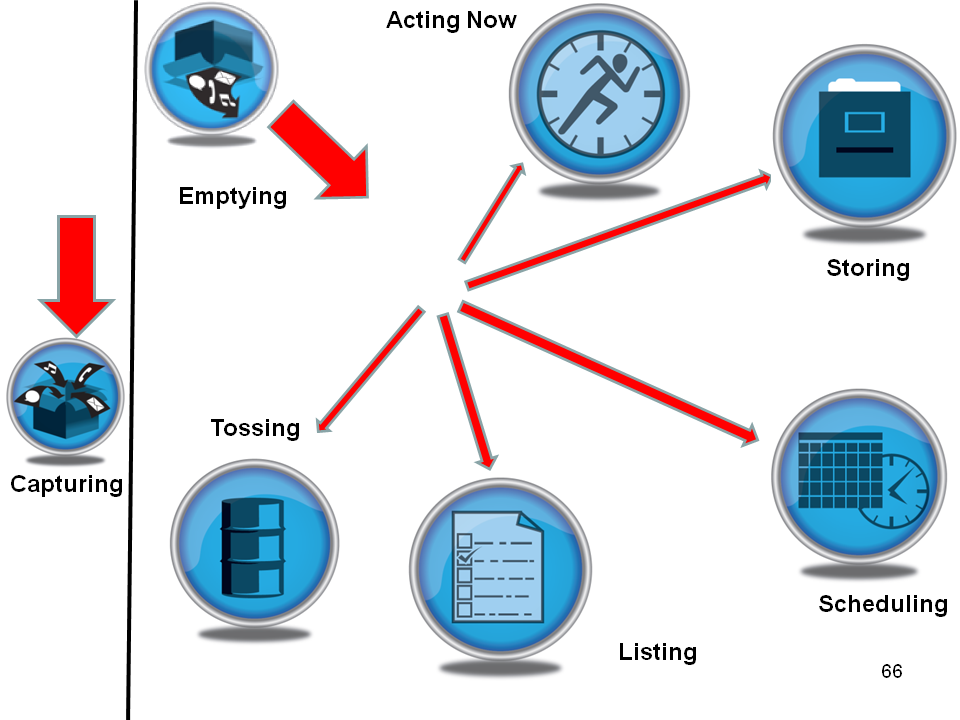Part 9 — Your 13 Self-Made Practices
The system you created when you were too young too care, but still use today.


The Problem
When asked, most people have no idea where their routines for managing future tasks come from. They realize they do something with them on a regular basis, and that it involves some memory plus other physical, digital and psychological components. But they don’t know its origin or the steps they use with precision.
Unfortunately, few productivity gurus shed a light on this mystery. Instead, they focus on telling people what they should do instead, in one-size-fits-all fashion.
The good news is that human beings all manage tasks in similar ways. It’s a bit like kicking a football: there are limited ways to do so based on our physiology. In like manner, our psychology shapes the way we manage tasks. However, within these limits, there’s lots of variation. Each person who is self-taught ends up doing things in their unique way.
These psychological limits cause people to turn to physical and digital affordances to gain some help. Their overall objective is common: to create and manage tasks (i.e. time demands) in a way that leads to successful completion.
During our teens, at some point, we teach ourselves most of the following 13 practices in order to reach complex goals. Later, we forget, but our routines reveal the lessons were learned.
Capturing — To save tasks you create for later execution in safe places called “capture points”.
Emptying — To remove time demands from capture points i.e. triage.
When we Empty we have five choices.
Tossing — To void time demands.
Scheduling — To add a time demand to a mental, physical or digital calendar.
Listing — To add a time demand to a mental, physical or digital list.
Storing — To save supplemental information required to task completion e.g. an address book.
Acting Now — To interrupt the act of Emptying to execute an action immediately.
These practices are meant to interact with tasks directly, hence the label “Essential Fundamentals.” However, there are other “Advanced: practices we teach ourselves.
Switching — To transition effectively from one task to another.
Interrupting — To use an alarm or alert to end a task and start another.
Reviewing — To proactively look over one’s system to find improvements or make adjustments.
Warning — To set up (and heed) early signs of impending problems with one’s system.
We engage in these meta-activities in order to complete future tasks with ease. However, during the act of completing these tasks, we can do so in one of two two ways. We use Executables:
Habiting — To complete a pre-designed, practiced routine which requires little or no cognitive attention to initiate or conduct.
Flowing — To enter the top quality flow state while completing a task with high stakes.
Why Is This Important?
If the claim is valid (that all human beings teach themselves these 13 practices starting in their teens) then we shouldn’t start with where we want to be, but there we are. Serious productivity gains in task management come from embracing these current behaviors as a starting point for making improvements.
While productivity gurus may point out how to perform each one with a high degree of skill, learners must still take the next step. They need to determine what level of combined skills they possess (low, medium, high), which level they desire, and how to reach their destination.
What’s the Link to the Rapid Assessment Program (RAP)?
In general, gurus teach beginners a few simple, high-level skills at a time. Due to their relative lack of history, in making such improvements, learners benefit greatly. Call it beginner’s luck.
However, there comes a time when such introductory advice stops working. Now, as a learner, you need to follow the gurus’ example, rather than their advice.
What do productivity gurus do? They use skillful diagnostic techniques before they attempt any changes. Some use their own version of the 13 practices. In the Rapid Assessment Program, you don’t need to craft your own improvement protocol, as these are handed to you on the first day.
Find out more about the MyTimeDesign Rapid Assessment Program in this webinar.
Part 9 — Your 13 Self-Made Practices was originally published in 2Time Labs on Medium, where people are continuing the conversation by highlighting and responding to this story.

